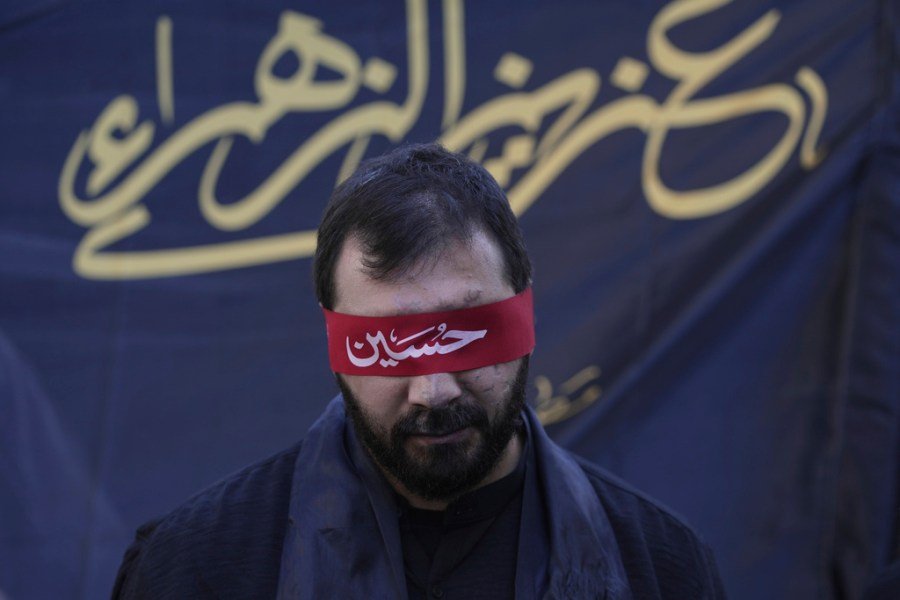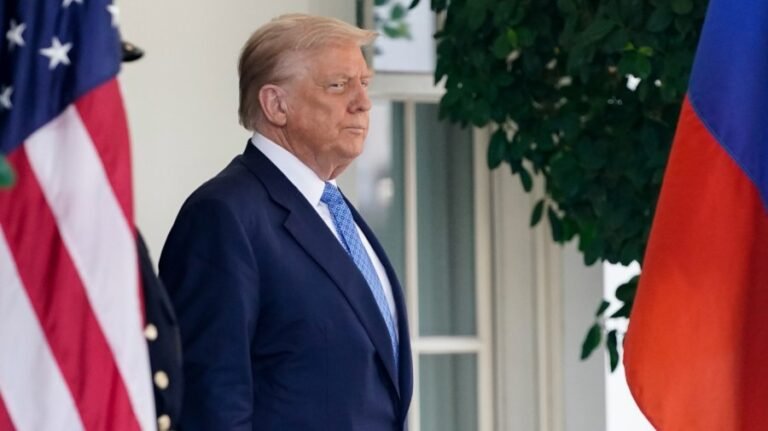
In 2021, the Associated Press denied reports that its staff members in Gaza had shared an office building with Hamas. Maybe it was true, or maybe not. It’s the AP’s word against Israeli intelligence. After this week, however, one cannot help but revisit the question.
AP published a report this week titled, “Survivors of Israel’s pager attack on Hezbollah struggle to recover,” raising all the obvious questions regarding its editorial choices.
For context: Israel’s army and intelligence services carried out a complex operation last year targeting Hezbollah terrorists and their officers — booby-trapping and detonating the pager devices they rely on for supposedly secure and private communications. The devices were designed to wound rather than kill, in order to create maximum disruption among Hezbollah’s leadership at a moment when it was already firing rocket barrages into Israel and a full-blown war seemed imminent.
The pager operation was hugely successful, wounding 3,000 and killing a dozen, with very little collateral damage. It dispersed Hezbollah’s middle management and crippled its leadership. Between the pagers, a similarly successful action involving walkie-talkies and a series of airstrikes, there is now a ceasefire between Lebanon and Israel.
One might think Israel would be praised for designing such a precisely targeted operation, which minimized as much as possible the potential for collateral damage. By any reasonable measure, the pager operation shows concern for the civilian population where Hezbollah embeds its soldiers and officers.
Israel is a nuclear power with unquestioned regional superiority in air and artillery. The pager operation was an example of using intelligence to prevent a second front in its war against Hamas while avoiding harm to civilians to the extent possible.
Yet here is the AP with a report, complete with original photos, portraying Israel as having a reckless disregard for civilian life. Israel is the villain; the terrorists who conduct guerrilla warfare from their living rooms are the sympathetic victims.
“Israel boasts of it as a show of its technological and intelligence prowess. Prime Minister Benjamin Netanyahu recently presented U.S. President Donald Trump with a golden pager as a gift,” reads the AP report. “Human rights and United Nations reports, however, say the attack may have violated international law, calling it indiscriminate.”
It adds that the survivors “are on a slow, painful path to recovery. They are easily identifiable, with missing eyes, faces laced with scars, hands with missing fingers — signs of the moment when they checked the buzzing devices.”
Then we come to the relevant passage about the individuals the AP interviewed for its report, each of whom was recommended to the newswire by Hezbollah officials.
“A representative of Hezbollah’s Association of Wounded did share with AP the contacts of eight people who had expressed readiness to share their stories. The AP independently contacted them, and six agreed to be interviewed. They included [Sarah] Jaffal and another woman, two 12-year-old children and two men, one a preacher, the other a fighter. All are Hezbollah officials or fighters or members of their families.”
If you think this all sounds crazy, it’s because it is. In a story about terrorists who have waged their decades-long war against Israel from civilian population centers, it is the terrorists and their associates who receive sympathetic treatment, almost as if they were heroes. The AP never holds Hezbollah responsible for building a war zone around Lebanese civilians, including children and family members. It’s not even suggested that it’s a deeply evil and selfish thing for Hezbollah terrorists to conduct military campaigns from the same places where their children sleep.
Between this report and previous allegations of pro-terrorist sympathies, it seems the AP and its stringers in Gaza and Jerusalem may be actively influencing coverage to favor terrorism.
Don’t forget that the newswire long kept in its employ a photojournalist named Hassan Eslaiah after receiving credible reports that he was an active agent of Palestinian terrorism. The AP finally cut ties with Eslaiah shortly after the Oct. 7 massacre. The newswire also worked with freelancer Yousef Masoud, likewise accused of collaborating with Hamas terrorists.
Former AP correspondent Matti Friedman — one source of the allegation that AP staffers shared an office building with Hamas — said last month the newswire’s reporters inside and near Gaza self-censor, for fear of retribution from Hamas.
“We had a great reporter in Gaza, a Palestinian who had always been really an excellent reporter,” he said last month. “We had a detail in a story. The detail was a crucial one. It was that Hamas fighters were dressed as civilians and were being counted as civilians in the death toll, an important thing to know, that went out in an AP story.”
Friedman added, “The reporter called me a few hours later. It was clear that someone had spoken to him, and he told me — I was on the desk in Jerusalem, so I was kind of writing the story from the main bureau in Jerusalem. And he said, Matti, you have to take that detail out of the story. And it was clear that someone had threatened him. I took the detail out of the story. I suggested to our editors that we note in an Editor’s Note that we were now complying with Hamas censorship. I was overruled, and from that point in time, the AP, like all of its sister organizations, collaborates with Hamas censorship in Gaza.”
Between his testimony, the allegedly pro-terrorist stringers, and now this lengthy and sympathetic article on Hezbollah terrorists, one cannot shake the feeling that the AP and its staffers have a clear favorite in the conflict.
Maybe Friedman is wrong. Maybe he’s lying. Maybe Israeli intelligence was mistaken about the AP and Hamas sharing an office building. Maybe Israeli intelligence lied.
Then again, if the AP really did sympathize with Hamas, Hezbollah, and all the other anti-Israeli death cults, what would it be doing differently?
Becket Adams is a writer in Washington and program director for the National Journalism Center.


